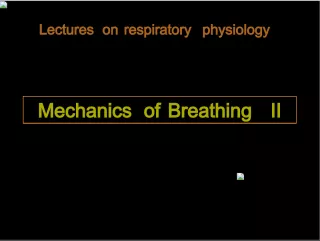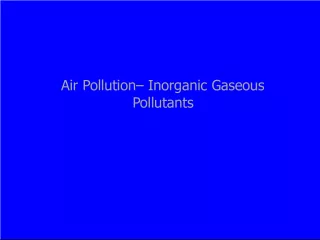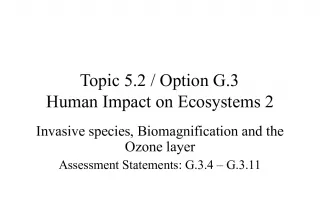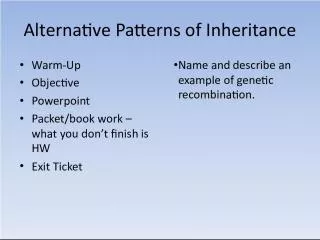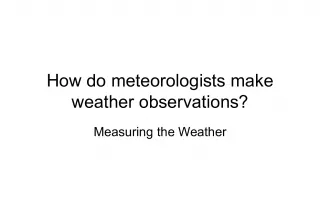Analyzing Spikiness in Diurnal Ozone Patterns in Houston
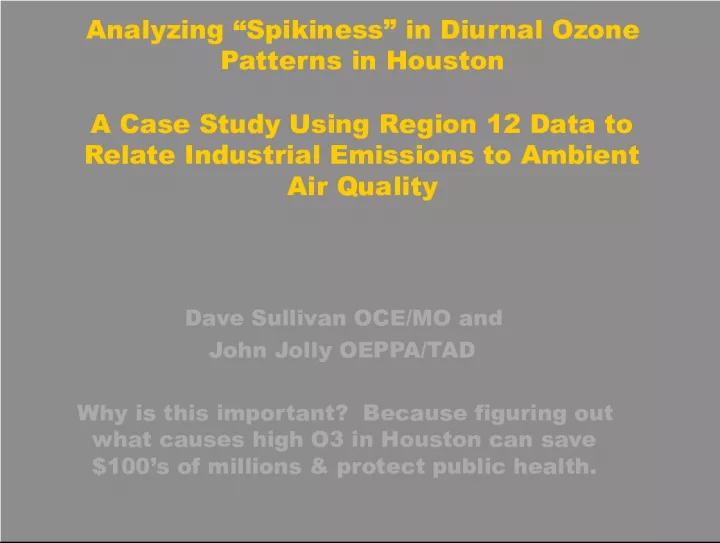

This case study examines the relationship between industrial emissions and ambient air quality in Houston to determine the causes of sudden spikes in ozone levels. The findings could have significant public health and environmental implications.
- Uploaded on | 0 Views
-
 hailee
hailee
About Analyzing Spikiness in Diurnal Ozone Patterns in Houston
PowerPoint presentation about 'Analyzing Spikiness in Diurnal Ozone Patterns in Houston'. This presentation describes the topic on This case study examines the relationship between industrial emissions and ambient air quality in Houston to determine the causes of sudden spikes in ozone levels. The findings could have significant public health and environmental implications.. The key topics included in this slideshow are Houston, ozone levels, industrial emissions, ambient air quality, public health,. Download this presentation absolutely free.
Presentation Transcript
1. Analyzing Spikiness in Diurnal Ozone Patterns in Houston A Case Study Using Region 12 Data to Relate Industrial Emissions to Ambient Air Quality Dave Sullivan OCE/MO and John Jolly OEPPA/TAD Why is this important? Because figuring out what causes high O3 in Houston can save $100s of millions & protect public health.
2. In most other areas in Texas, ozone levels typically increase at a fairly predictable, moderate rate z On high ozone days in Dallas, ozone rises at a steady rate of 15-25 ppb / hr z On high ozone days in Houston, ozone often rises suddenly 50 100+ ppb / hr. We believe this comes from the highly chemically reactive air in industrial areas
3. Given a complete set of monitoring data z Upset reports, z 5 minute resolution ozone, wind speed, wind direction data, z Hourly auto-GC & other PAMS VOC data, z Area-wide data, z Then we may be better able to police air quality
4. Using Delta-max to measure steepness of ozone increase/decrease for a monitor for a day z 1) Delta-max equals greatest hourly increase in ozone concentration z 2) Delta-min is greatest hourly decrease following delta- max z 3) High values for these two variables indicate possibility of upset emissions, and need to be investigated z 4) Charts of delta-max vs delta-min y plotted for 5-year period, 1995-99, for all area monitors with >= 100 ppb hourly ozone
5. Delta-max and Delta-min at Deer Park CAMS 35 (industrial/urban monitor) 1995-1999 High Delta-max values show spikiness of ozone concentrations in Houston Ship Channel area
6. Delta-max and Delta-min at Northwest Harris CAMS 26 (rural/suburban downwind monitor), 1995-1999 Note absence of high values i.e. less spikiness
7. Comparing Delta Max in Houston and Dallas z Dallas emissions largely mobile and area sources much less spikiness z Next two slides show distribution of delta-max values in Houston and Dallas over same 5-year period y all area monitors >= 100 ppb hourly ozone included z note that Houstons mean delta-max (34.9 ppb) is above 90th percentile in Dallas
8. Distribution of Delta-Max Values in Dallas Ft Worth, 1995-99
9. Distribution of Delta-Max Values in Houston-Galveston, 1995-99
10. Case Study: 9/20/99 z Severe early morning ozone spike at Deer Park C35 monitor z Ozone traveled downwind; spike subsequently recorded at 3 downwind monitors z 1,3-butadiene spill reported in morning at a Dynegy plant located on north side of channel, some 6-8 miles NW of the Deer Park monitor z Amount reported was small (50 gals) but estimates of upset releases are notoriously inexact -- plus this is a highly reactive VOC z Map, forward trajectory, and diurnal ozone graphs follow
11. Map of Affected Area -- Ozone spike detected first at Deer Park, then subsequently at Texas City, Galveston, and Clute, respectively. Winds were from NW, shifting to NE later.
12. HYSPLIT 24-Hour Forward Trajectory for 9/20/99 Using Upper Air Data 13z (7am cst) start time Red: 10m starting height Blue: 100m starting height Green: 500m starting height filled icons (near shore): noon cst outlined icons: 6pm cst This trajectory starts near Ship Channel, shows initial NW wind flow, followed by NE shift
13. Local Wind Direction Using CAMS (Deer Park met equipment not functioning; 2 adjacent monitors wind data shown)
19. Next: Looking at 1,3-butadiene at Deer Park z Deer Park Auto-GC measures 1,3-butadiene, but was not functioning on 9/20/99, hampering this investigation z Looked at data for this chemical at Deer Park in 1999 overall, instead z Following charts show wind directions, by frequency, of high 1,3-butadiene measurements y In 1999, very high measurements most frequently came from NNW -- same direction as 9/20/99
21. Summary z O3 spikes in Houston from industrial emissions y From upset emissions or regular releases of reactive species y Results of summer 2000 & 2001 studies shed light on this z Auto-GC data at Deer Park on study date would have been useful in identifying 1,3 butadiene. z Without auto-GC data, FO spent time checking company records to find link between spill & ozone z Bottom line: MonOps & TAD need complete auto-GC and CAMS data to do forensic studies for Field Ops




